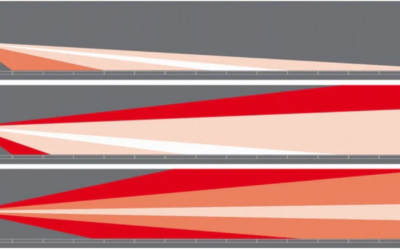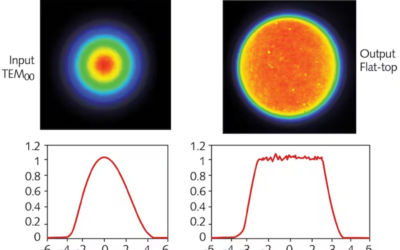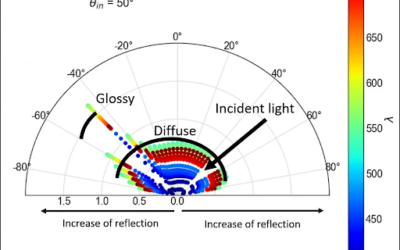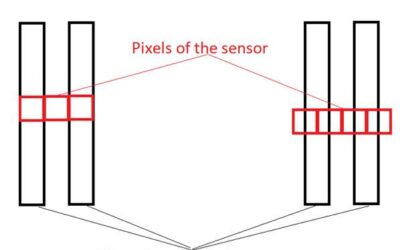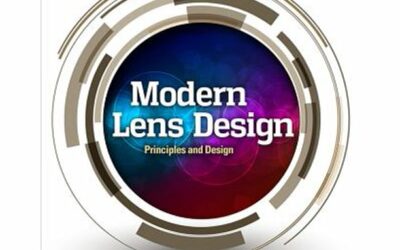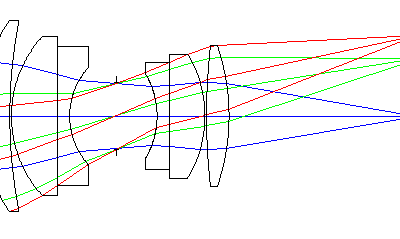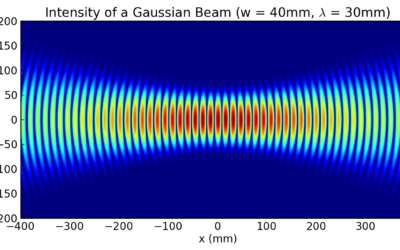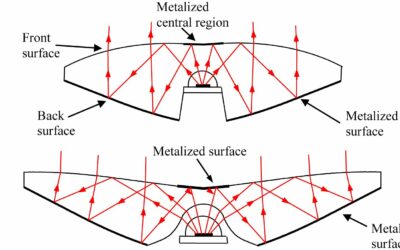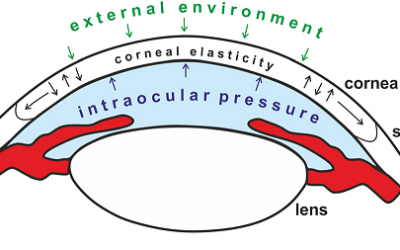In the realm of bicycle lighting, adhering to stringent standards ensures not only compliance with legal requirements but also the safety and convenience of cyclists. One of the most critical standards in this domain is the STVZO (Straßenverkehrs-Zulassungs-Ordnung),...
FAQ
Wobble Welding Explained
by Victor Argueta | OFH, FAQ, optical design, scanners, Victor Argueta
Benefits of wobble welding in high power laser welding systems are explained, features of wobble scan mirrors are reviewed.
Overview of Pi-Shapers, for beam shaping
by Victor Argueta | FAQ, lens design, optical design
A pi-Shaper, also known as the πShaper, is designed to transform Gaussian or similar intensity distributions of source laser beams into flat-top ones. This article describes benefits and trade off
How to Hire Optical Engineers: Questions, Skills, and Specializations
by Victor Argueta | FAQ, optical design
Work experience and proven skills in ray tracing and optimization are important for good optical engineers, so ask potential candidates for examples of their work in these areas before you hire them.
Understanding K Correlation in Optical Design: Managing Stray Light and Light Scattering
by Victor Argueta | FAQ, lens design, optical engineering, optics
In this article, we will explore a critical aspect of optical design: the K correlation, and how it plays a pivotal role in managing issues such as stray light and light scattering in optical systems, and we will discuss the Bidirectional Scattering Distribution...
Designing Stereo Lens Pairs
by Victor Argueta | FAQ, lens design, optical design
Stereo lens pairs are designed to capture two slightly offset images, mimicking the way our eyes perceive the world. When these images are combined and viewed with the appropriate technique, such as stereoscopy, they create a three-dimensional effect, adding depth and...
Questions and Answers optical resolution
by Victor Argueta | FAQ, lens design, optical design, optical engineering
In the world of imaging and optics, achieving clarity and precision is paramount. Whether it's for quality control, machine vision, or barcode reading, understanding the intricacies of image resolution plays a vital role in ensuring the success of various...
Beam Expander Design
by Victor Argueta | FAQ, optical design, optical engineering
Types of beam expanders and design features are explained
Phase Shift Method for distance measurement
by Victor Argueta | 3D, FAQ, mechanical design, optical design
Optical techniques for distance measurement offer plenty of uses and applications. These techniques are able to measure the distance between two objects without touching them, making them perfect for a variety of situations. Optical techniques are usually the best...
Exploring the Scheimpflug Principle: Depth and Clarity in Imaging | OFH
by Victor Argueta | FAQ, optical design, optics definitions
Introduction The Scheimpflug principle is a fundamental concept in optics, particularly in the realm of photography and imaging. Named after its inventor Theodor Scheimpflug, this principle provides a systematic approach to achieving extended depth of field in...
Dispersive Prism
by Victor Argueta | FAQ, OFH, optical design, optics, optics definitions
A dispersive prism is an optical element used to break up light into its different wavelength components - a phenomenon discovered by Sir Isaac Newton. By doing this, the prism separates light of varying wavelengths, with longer wavelengths (red) deflecting at a...
Top 12 Resources for Mastering Lens Design: A Comprehensive Guide
by Victor Argueta | FAQ, lens design consulting, optical design, Zemax
In this post we will review textbooks, online tutorials, discussion forums like the ELE Optics Community and software training programs like Zemax training and other great sources to help engineers learn lens design from basic concepts to advanced techniques.
Optics Content Directory
by Victor Argueta | FAQ
Directory for our Blog Articles
3 Keys To Quality Double Gaussian Lens Design
by Victor Argueta | FAQ, lens design, lens design consulting, Uncategorized
One of the most common lens system designs- especially in photography- is what is called a Double Gaussian lens. There are several different configurations, and close to 90 different patents have been filed from 1936 – 2010. One of the reasons this lens design configuration is so popular is that it corrects many of the major image aberrations with a relatively low number of optical elements.
Laser Beam Caustic: Explained
by Victor Argueta | FAQ, illumination, optics definitions, Uncategorized
One parameter that can be used to evaluate the quality of a laser beam is what's called a Beam Caustic. A caustic, in general, is an “envelope” that defines the extent of a beam of light after they have been refracted (or reflected ) by a curved surface. As the...
Understanding Rayleigh Range: Key to Laser Beam Propagation
by Victor Argueta | FAQ, optics definitions
Introduction When working with lasers it is important to understand the physical parameters that define system performance. While some of these specifications may be readily recognizable, such as wavelength and divergence, others may be lesser-known, yet...
Laser and Adaptive Headlight Tech Explained
by Victor Argueta | FAQ, illumination, OFH, Victor Argueta
We explained the use and design of laser headlights and adaptive headlights in auto industry
Aviation Light Optic Design
by Victor Argueta | FAQ, illumination, Victor Argueta
In the last month, I have had the need to travel several times by airplane. So, after several hours enjoying $15 sodas, and $30 hamburgers at the airport gates, I started paying more attention to the different illumination systems that are being used in the aviation...
RXI Collimators explained
by Victor Argueta | FAQ, optical design, Victor Argueta
Optical collimators also called non-imaging concentrators are optical components that can collect and project light from a source. Common examples include solar collectors that concentrate the sun's light and project it to heat a surface or direct it to solar panels....
Non-Contact Tonometers
by Victor Argueta | FAQ, Opthalmology, optics, Victor Argueta
This will be the last entry in our series of optical instrumentation for optometry. If this is the first article that you are seeing, I would suggest that you take a look at our previous articles about Ophthalmoscope Design, Keratometer Design, and Retinoscopy. This...
